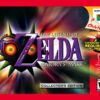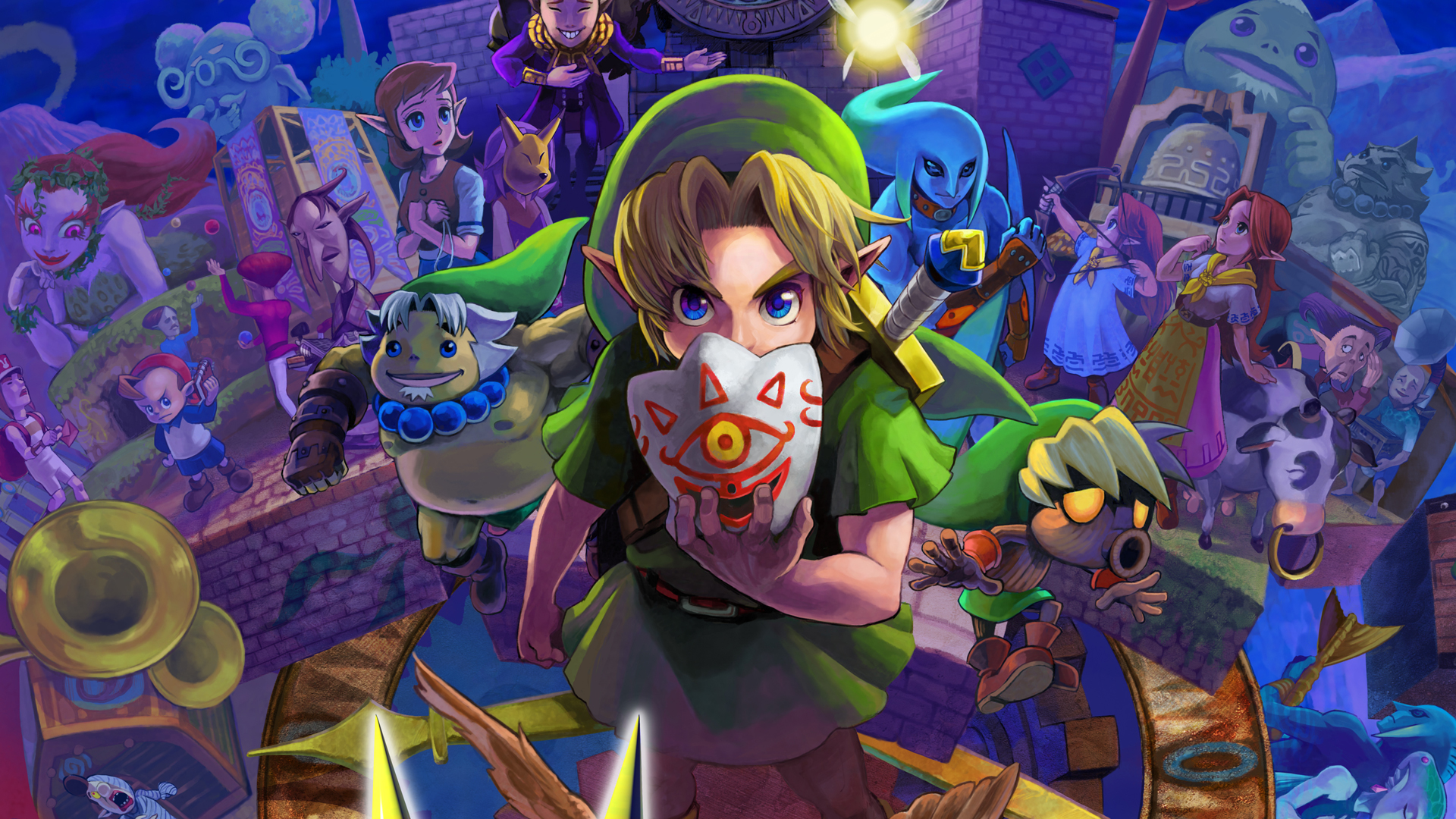
With a complete visual remaster and some minor tweaks to improve gameplay and playability, The Legend of Zelda: Majora’s Mask returns to the forefront fifteen years after its initial release on the Nintendo 64, and four years after its predecessor Ocarina of Time’s remake. But does the series’ arguably darkest entry still live up to the hype?

In three days, the moon will fall, and the land of Termina will be no more. The Skull Kid has stolen a dark and powerful ancient mask, and is using it to wreak havoc across the land; the mountains have frozen over, the ocean has become toxic, and the swamplands have been poisoned. As for our young hero, his horse has been stolen and he has been transformed into a Deku Scrub.
The Happy Mask Salesman is right. “You’ve met with a terrible fate, haven’t you?”

Setting out with a new fairy companion in Tatl, Link must traverse the wide land of Termina in order to release the spirits of the Four Giants, the guardians of the land, to stop the moon from crushing Clock Town and stopping the Skull Kid’s treachery. With only three days to do so, Link and Tatl must use the flow of time to their advantage and free the spirits of the Giants to save the land.
Unlike its predecessor ‘Ocarina of Time’, Majora’s Mask reaches out to players on a more emotional level; heavy themes of loss and isolation flow throughout the game, and lead to key plot points such as obtaining masks. Everyone in Clock Town is afraid of the moon falling (set to happen on their festival day), and the afflictions of the habitat of each race (Deku, Goron and Zora) lead to them fearing the end. Each coinciding mask contains the spirit of an important member of their tribe, and it is up to Link to take their place and fulfil their journey.

When the 3D remake of Ocarina of Time was announced for the 3DS, many hoped that Majora’s Mask would be right around the corner, and four years after, their hopes were realised. Sporting a similar remodelling, Majora’s Mask looks and feels a lot fresher than its predecessor; colours are vibrant and stand out, and textures and models look as though they have been thoroughly detailed.
In comparison to the original, of course the differences are great; gone are the jagged polygonal character models of fifteen years ago, replaced by smooth and detailed recreations. Many of the locations of Termina have been tweaked from the original as well. Places such as Clock Town are now more open and easier to explore, and the land of Termina itself is greatly improved by the updated textures and modelling. The game may be a remake, but the work that has gone into the recreation makes it feel new and exciting again, rather than just feeling like a rehash. The use of the second screen as a map and menu screen allows for the top screen to be less crowded. The only downside to this is that the iconic crescent-shaped clock from the N64 iteration is replaced with a timer bar on the top screen.
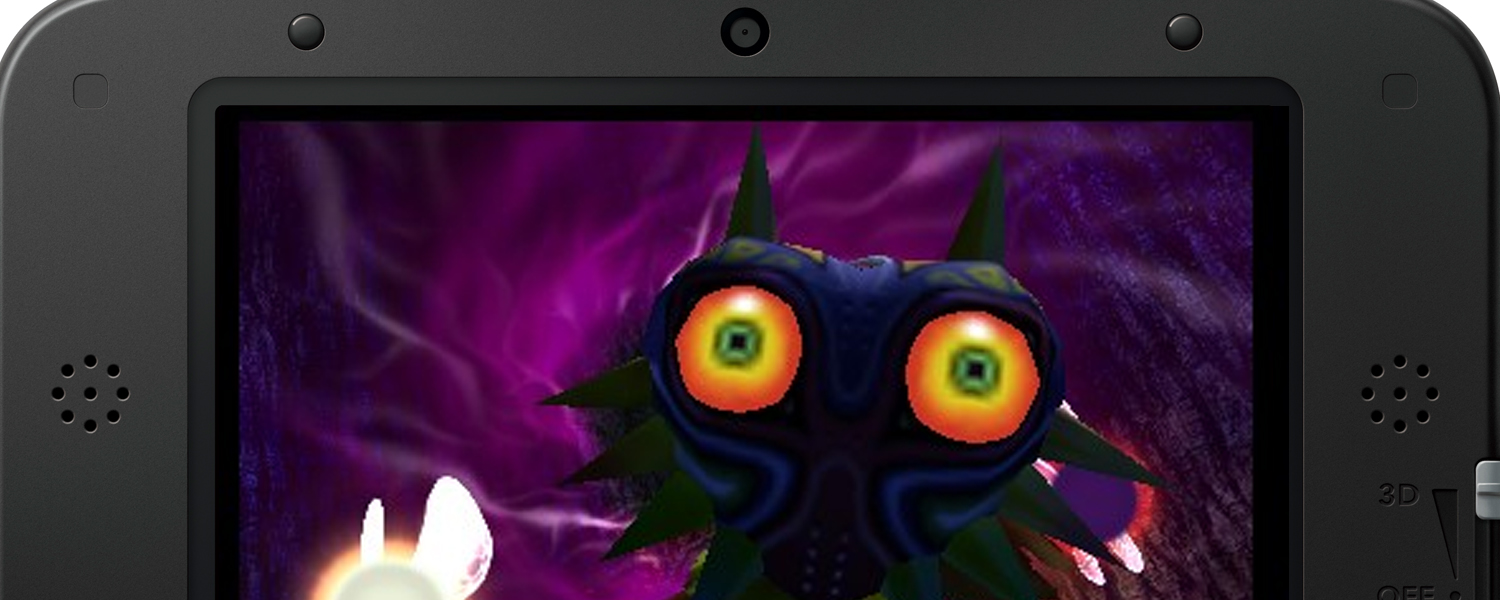
One of the gripes of the game is the 3D feature; and I can’t quite put this down to whether or not it is my handheld, but in a few instances of activating the 3D, some frames happened to flicker or blur, or even have a slight shimmer to them. As I am not one to use 3D that much I kept it off for most of the game, but in some instances where I wished to test it, occasionally I would get a slip in quality, which was unfortunate.
As with any Zelda game, Majora’s Mask also has some fairly iconic musical arrangement. While it does share a fair bit with Ocarina of Time, a lot of the songs and melodies are new, and highlight the themes of the game. Some of the old Ocarina songs also return, as well as the addition of new ones which are sure to be causing ear-worms for you long after the game has finished.

Majora’s Mask plays a lot like Ocarina of Time, which is understandable given that it is basically a direct sequel, and was created on the same engine and with most of the same assets; but to write it off as just a rehash is doing yourself a very big disservice.
The key aspect that makes Majora’s Mask different from a lot of RPGs (and Zelda games in general) is the three-day time cycle. The game gives the player three days (in-game time) to traverse the world, solve problems and complete quests. At the end of the Third Day, the battle against the Skull Kid becomes active, and provided you are ready, you can take him on. However, to be able to do that, you need to make yourself ready, by questing to the four ends of Termina and defeating the evil inside. Time can be slowed to half the normal rate, or sped up to double in order for certain events to happen, but at the end of the three-day cycle, the Song of Time must be played in order to start again. When this occurs, all consumable items (bombs, arrows, magic beans) and Rupees are lost, and the three-day cycle recommences from the Dawn of the First Day.
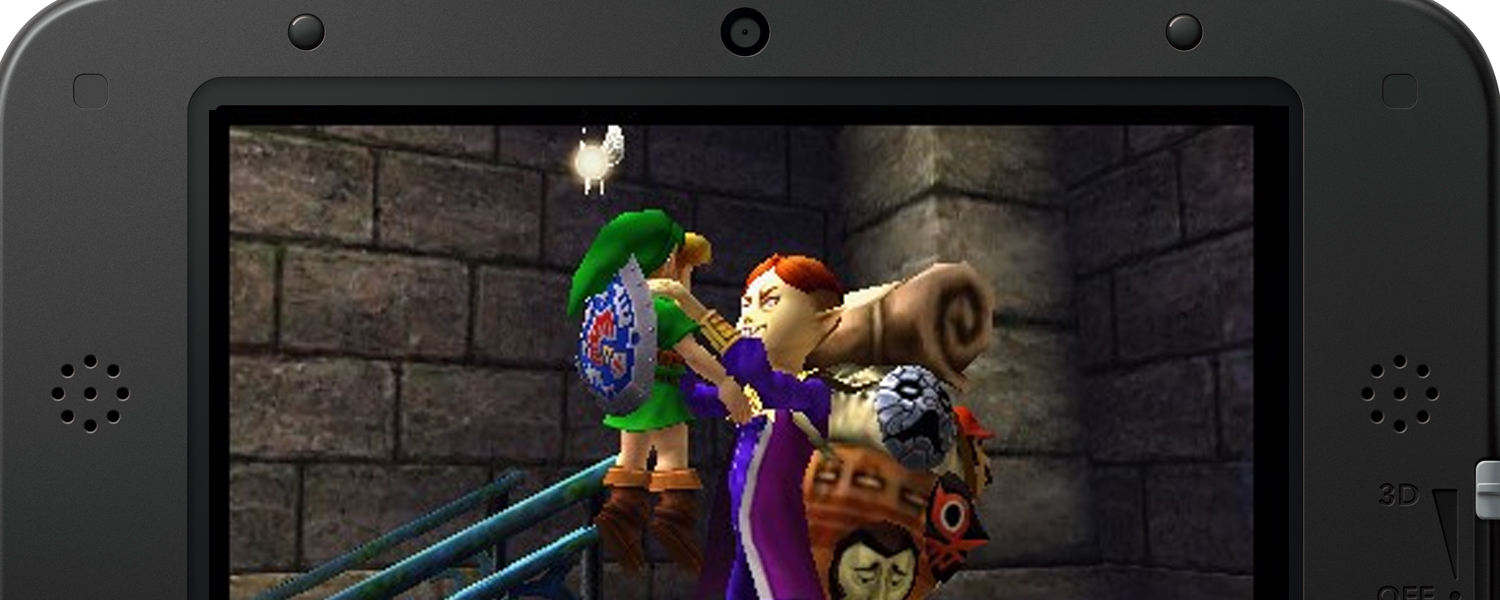
While the three-day cycle is quite unique, it also can get quite annoying at times; progress in temples is restarted, and all subplots that are currently in motion reset back to where they were at the beginning. The ability to focus on more than one task is difficult here, as one small mistake can lead to the player having to start the cycle all over again. The ability to warp to save points makes this a little more bearable, instead of having to traverse Termina to get to a destination each time.
Along the way, masks become a commodity through which certain problems can be solved; wearing certain masks can trigger events or different dialogue actions with characters, or even give access to new areas of Termina in order to further a subplot. The majority of these problems and subplots focus around the three main masks, each based on a race of Termina; Deku, Goron and Zora. Each mask has a different set of powers relating to that particular species, and allows different interaction between other NPCs within the game; for instance, the Deku mask will allow access into the Deku Palace, but standard Link cannot enter. Certain obstacles can also be overcome using these powers; Deku Link can launch from Deku Flowers, Goron Link can traverse large gaps with the Goron Rolling attack, and Zora Link can swim great distances on a single breath and fight underwater as well. Other masks, such as the Great Fairy mask allow Link to search and attract Stray Fairies.
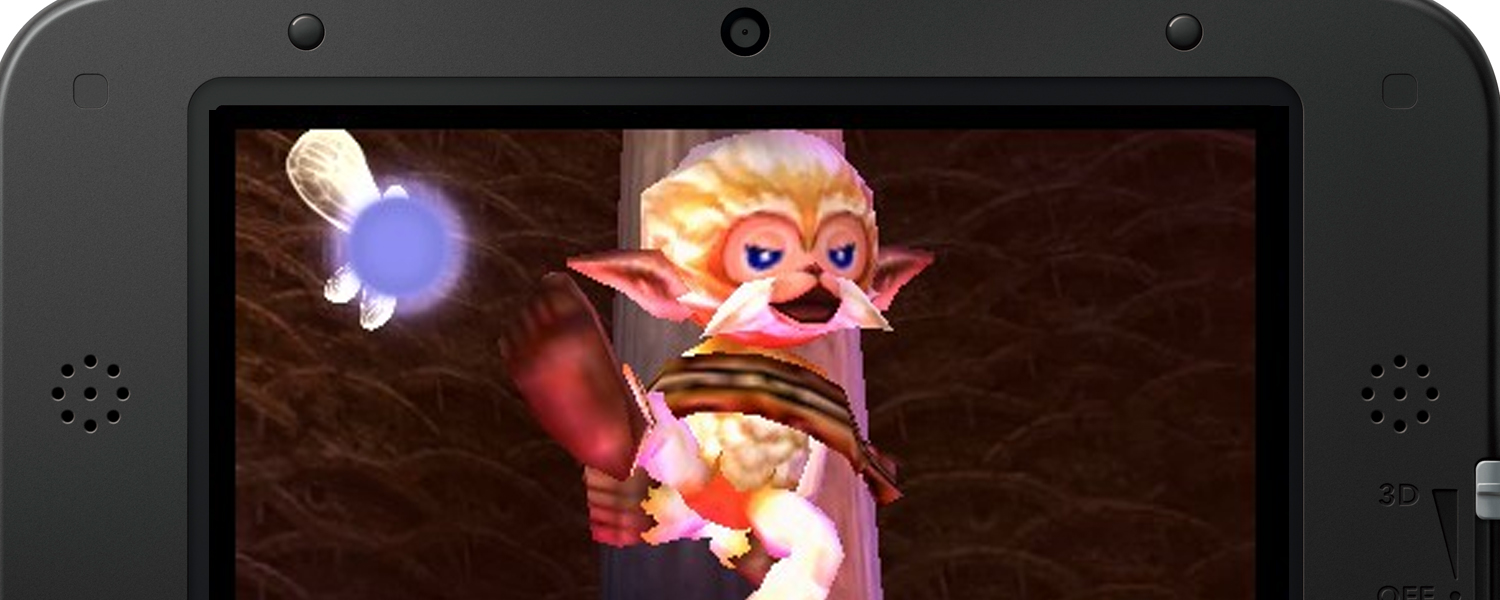
Unlike Ocarina of Time, Majora’s Mask doesn’t do a lot of hand-holding in terms of how to play; players are thrust into the world with little instruction. Guides appear along the way, but most of the gameplay comes down to teaching yourself and learning how to do things. Minor tweaks from the original game include the addition of save points throughout the world (as opposed to having to travel back through time to save the game) as well as the addition of the Sheikah Stone, allowing for players to seek out a handy hint on what to do next if they get stuck.
One thing that players may find difficult is the camera. The camera has always been a bit of a hit-and-miss in the N64 iterations, and it feels like the one thing that could have done with just a bit more tweaking in the remakes. For those with either the Circle Pad Pro, or the New 3DS/3DSXL, the camera is controllable with the second joystick/nub, making life a little easier when it comes to bad camera angles.

